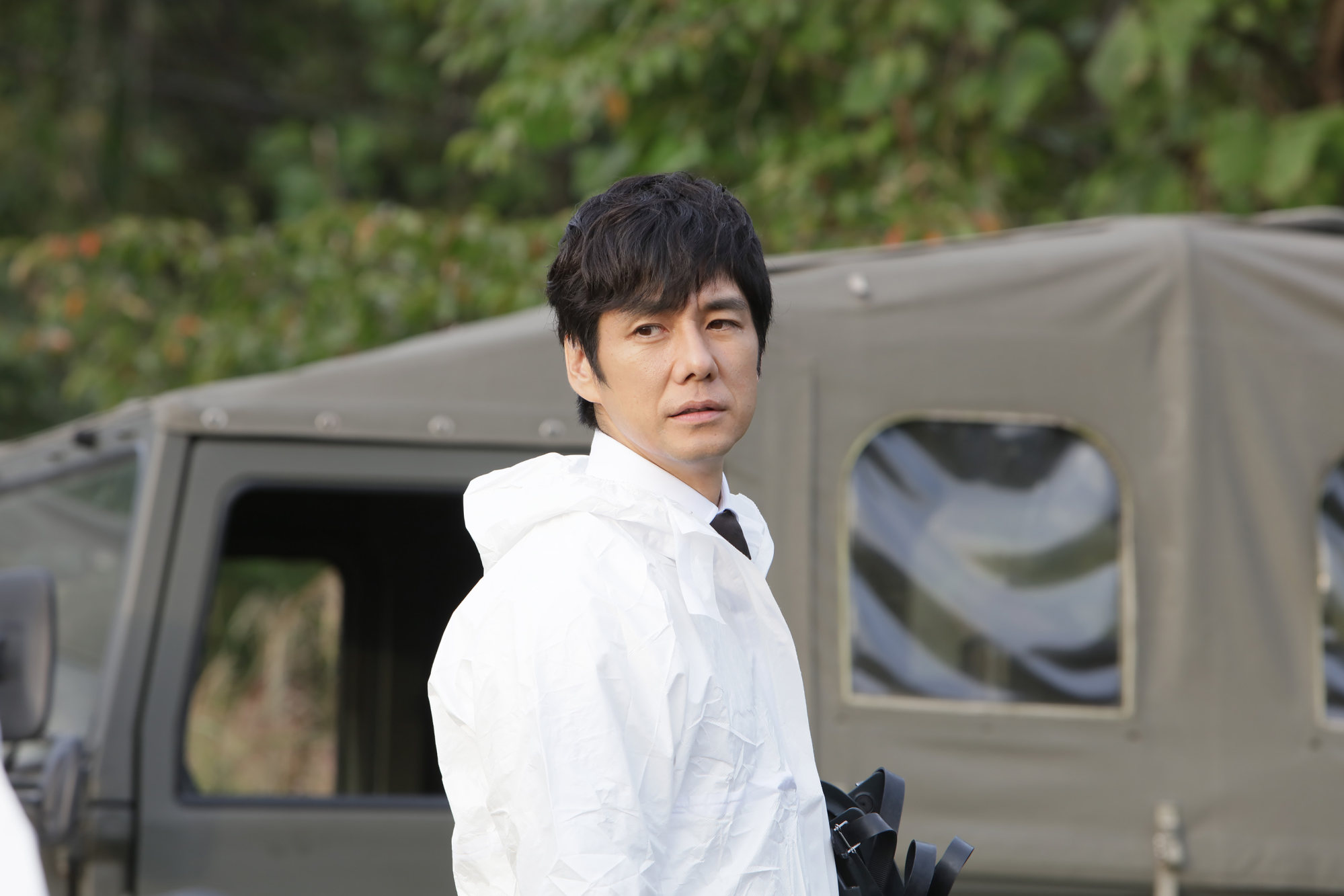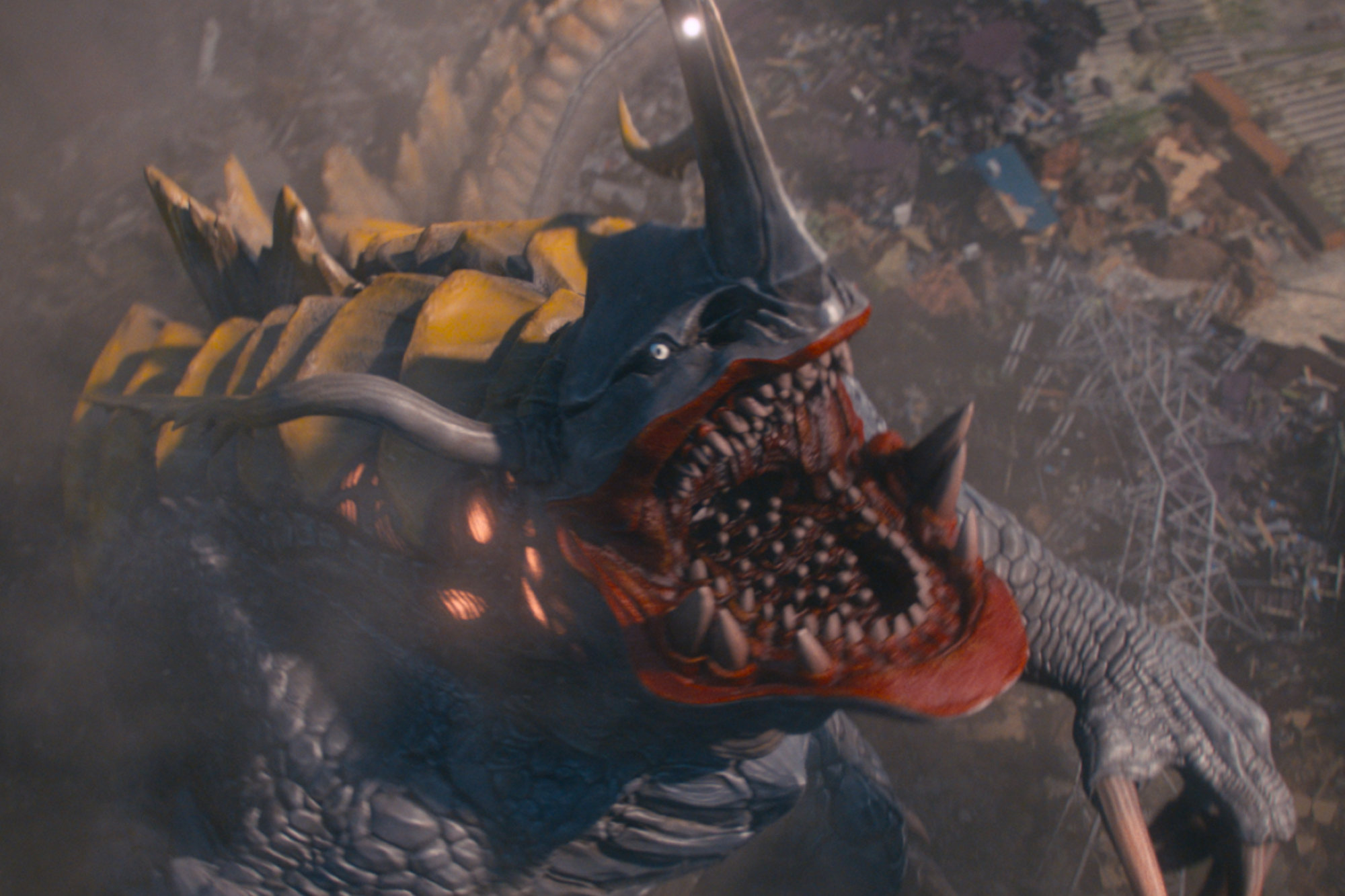
Review | Shin Ultraman movie review: Japan’s alien superhero returns for an all-new adventure with a star-studded cast
- The filmmakers behind the hit 2016 Godzilla remake are back at it, this time turning their hands to the superhero phenomenon that originally aired in the 1960s
- What should be a child-friendly, action-packed fight fest, however, is weighed down by philosophical conversation, which leaves it unengaging for young viewers
3/5 stars
Following the rapturous reception for 2016’s Shin Godzilla, a box office behemoth that won seven Japanese Academy Awards, filmmakers Shinji Higuchi and Hideaki Anno turn their attention to another childhood favourite as they reinvent the alien superhero Ultraman – who first appeared in the 1960s – for a 21st-century audience.
Accessible to both diehard aficionados and newcomers alike, Shin Ultraman, literally meaning “New Ultraman”, boasts an all-star cast, state-of-the-art special effects, and an endless procession of giant kaiju monsters and extraterrestrial invaders.
These computer-generated effects are then combined with traditional miniature shots to ensure that the action sequences, in which Ultraman goes toe to toe with a variety of monstrous foes, retain the kitschy rubber suit appeal of the character, and of the tokusatsu genre – a Japanese movie style that uses lots of practical special effects – as a whole.
This new adventure begins with Japan under attack from droves of rampaging kaiju. Whether feeding off the country’s electricity grid or drilling their way through the mountainous countryside, these monsters are running amok, but the international community is reluctant to provide aid for what they perceive as a uniquely Japanese problem.

Help is at hand, however, when a mysterious silver colossus appears out of nowhere to defeat these creatures, before disappearing into the heavens.
Tamura (Hidetoshi Nishijima) and Asami (Masami Nagasawa) from the government’s emergency kaiju task force are baffled by Ultraman, as he becomes known, unsure whether he is a genuine saviour or another threat.
What nobody realises is that the alien visitor is hiding in plain sight: he’s the alter ego of their mild-mannered teammate, Kaminaga (Takumi Saitoh).

It doesn’t take long before Ultraman’s antics attract other alien invaders, who arrive determined to put their own nefarious plans into action.
Shin Ultraman holds back on the political satire that propelled its lizard-led predecessor, but it seems similarly intent on targeting an older demographic rather than sticking to the character’s child-friendly roots.
A significant portion of the film – arguably too much – is given over to philosophical debates about the nature of violence and the responsibility that comes with wielding weapons of mass destruction.

Younger viewers may well struggle to stay engaged during these weighty exchanges and, after an action-packed opening reel, the neighbourhood-stomping brawls become frustratingly infrequent.
More mature viewers should be sufficiently sated, but hopefully next year’s Shin Kamen Rider will address this imbalance and just let the monsters fight.

